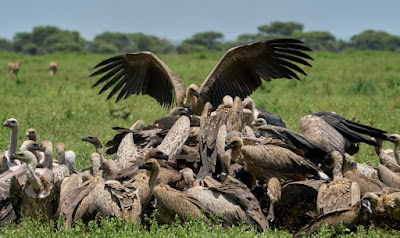What can be done to reduce the NAV discount and provide liquidity?
Summary: E&P argue the massive discounts CD1. CD2 and CD3 have traded at are unresolvable in their current structure due to the reputation overhang from the rapacious losses that URF and New Energy Solar investors suffered under the prior incarnation of Dixons Advisory.
This is completely false. The discounts are resolvable if the CD funds were professionally managed due to the commendable performance of the vast majority of US private equity firms the Cordish family partnered with.
 |
| E&P have done none of the obvious steps to reduce the discount |
Details:
Instead of wasting millions pursuing buyouts at deep discounts or working on the secret merger proposal they didn't even sound out any investor on, E&P could have:
1. Promoted the performance of these funds and marketed them to new investors, especially given the deep discounts.
2. Taken every opportunity to proactively communicate (especially to existing investors who've been selling at huge discounts) the key advantage of these funds is that they self-liquidate at NTA unlike any other closed-end fund on the ASX. And emphasize that CD1 and CD2 are in full wind-down liquidation phase and CD3 is close behind. Given the Dixon Advisory debacle E&P has been involved in, the least it can do is try and prevent even deeper losses for these investors (most of whom are retirees who were taken advantage of).
3. Made the return of capital and distributions to CD1, CD2 and CD3 investors as quick, efficient and transparent as possible.
4. Published the percentage cash balances in CD1, CD2, CD3 in each monthly report at fund level as well as the higher level that includes cash realised by the PE firms but yet to be returned.
5. Ever since funds moved into wind-down phase, run continuous (and fully-utilised) 10%/year buybacks allocating part of the cash to add liquidity for investors seeking an exit while being NAV accretive.
6. Published accurate, monthly information on the remaining investments in each fund, allocations to each PE firm, and current carrying values compared to invested funds (including the date valued). Also, specific to each fund, the realised value versus last carrying value for all exits.
7. Published details of all current portfolio companies in each fund. Name, ballpark carrying value compared to invested funds, company website, significant news, etc.
8. Highlighting the advantages of the current structure such as the fact the funds stop paying most of their fees once in liquidation phase. CD1 has already ended these fees and CD2 ends in Feb 2023.
This blog exists precisely because E&P has failed to do these things. In many cases it has done the opposite - such as not clearly disclosing significant cash levels and refusing to return it till it tries to get its merger voted up that prevents further cash distributions.
Many investors might conclude E&P has failed deliberately to reduce the discount, in order to then propose a "solution" that traps over $300 million in assets it can charge fees on indefinitely.


